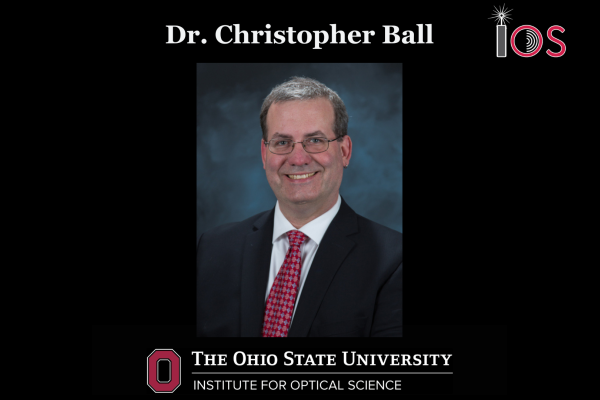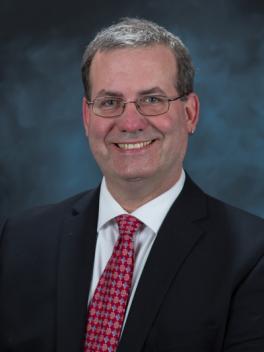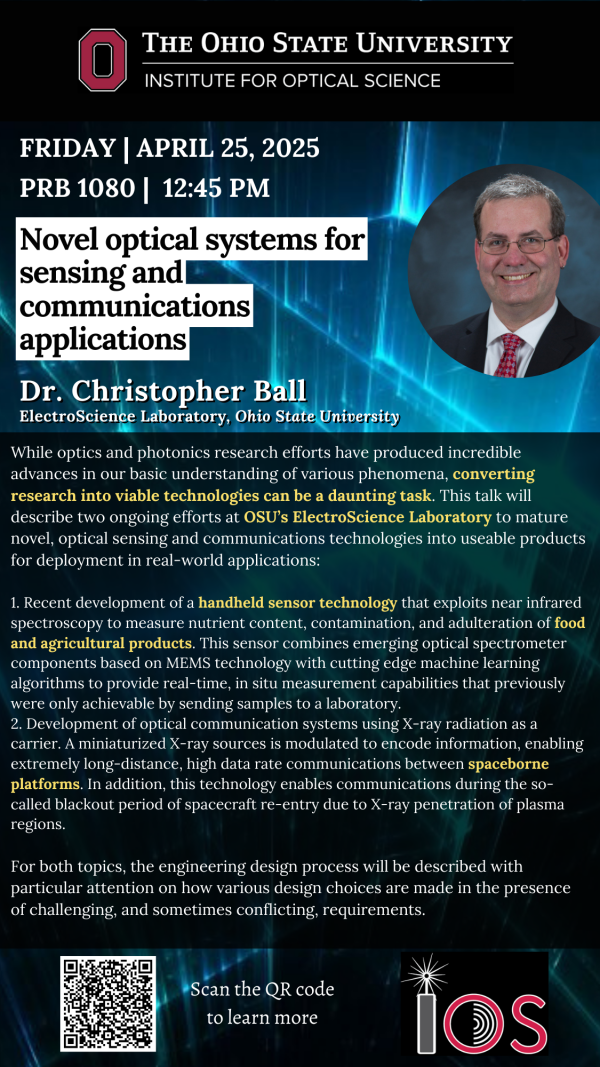
IOS Member Research Series
Novel optical systems for sensing and communications applications
Christopher Ball, Research Scientist
Electroscience Laboratory, Ohio State University
Time: Friday, April 25th 2025 at 12:45PM
Location: Physics Research Building 1080 and Zoom

Abstract: While optics and photonics research efforts have produced incredible advances in our basic understanding of various phenomena, converting research into viable technologies can be a daunting task. This talk will describe two ongoing efforts at OSU’s ElectroScience Laboratory to mature novel, optical sensing and communications technologies into useable products for deployment in real-world applications.
The first section will focus on the recent development of a handheld sensor technology that exploits near infrared spectroscopy to measure nutrient content, contamination, and adulteration of food and agricultural products. This sensor combines emerging optical spectrometer components based on MEMS technology with cutting edge machine learning algorithms to provide real-time, in situ measurement capabilities that previously were only achievable by sending samples to a laboratory.
The second section will focus on development of optical communication systems using X-ray radiation as a carrier. A miniaturized X-ray sources is modulated to encode information, enabling extremely long-distance, high data rate communications between spaceborne platforms. In addition, this technology enables communications during the so-called blackout period of spacecraft re-entry due to X-ray penetration of plasma regions.
For both topics, the engineering design process will be described with particular attention on how various design choices are made in the presence of challenging, and sometimes conflicting, requirements.
- No Registration Needed -
Refreshments will be provided.
This event is open to the public.

What is the Institute for Optical Science?
The Institute for Optical Science is a community of multidisciplinary researchers studying the fundamental properties of light and harnessing these properties in practical applications for significant benefit to society.






